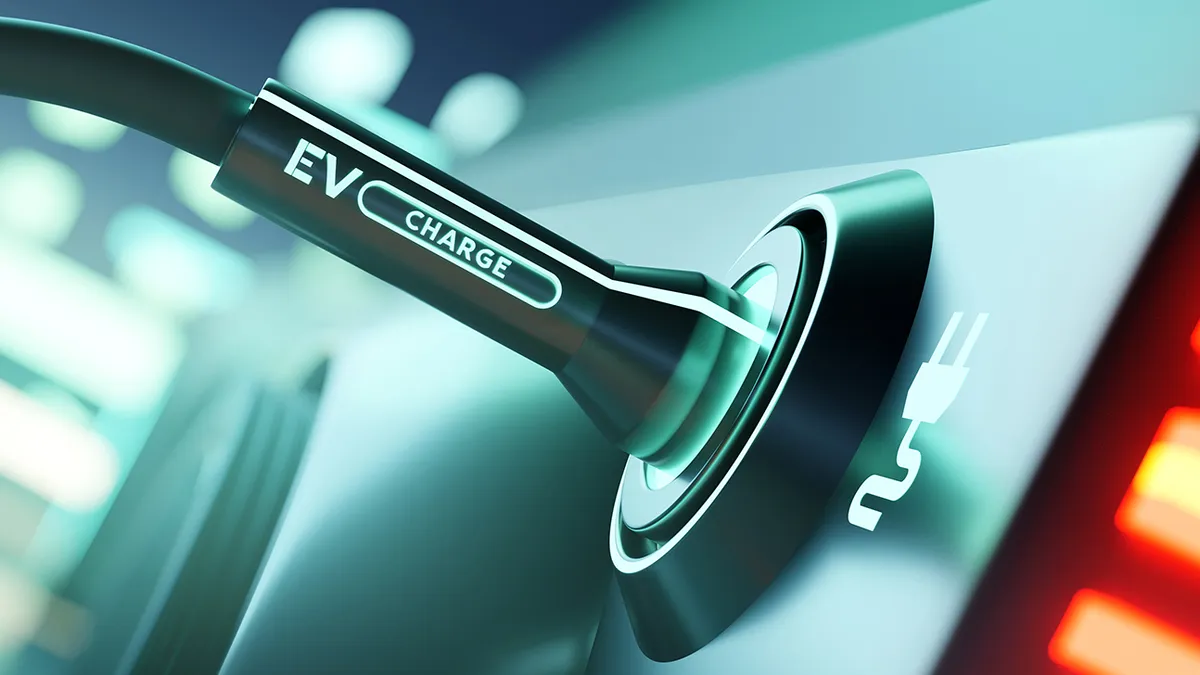The transition to electric vehicles will require significant new amounts of power generation for charging, but utilities say those resources can be developed in time. A more pressing challenge may be managing new charging loads, ensuring millions of vehicles do not put undue stress on the grid.
There will be 30 million to 42 million electric vehicles on U.S. roads in 2030, and they will require about 28 million charging ports, according to the National Renewable Energy Laboratory. Utilities, distributed energy resource aggregators and research institutions are all stepping up to address the issue.
“Power generation is only a part of this conversation. Just as important is improving our ability to manage demand in real time,” Albert Gore, executive director of the Zero Emission Transportation Association, said Monday in a discussion of how the utility sector must approach EVs.
“The industry needs to further its ability to precisely manage demand in real time, including by accurately predicting when and where increases in demand will occur,” according to a new ZETA policy brief.
Utilities — particularly larger electricity providers in urban areas — have been working for years to nudge EV charging to off-peak hours through time-of-use rates or EV-specific rates.
Consolidated Edison, which serves New York City, expects more than a quarter million EVs in its territory by 2025 and has been working since 2017 to encourage grid-beneficial charging through its SmartCharge program, which offers incentives for drivers to avoid charging during peak times.
“It's one of, if not the most, successful managed charging programs in the country,” Cliff Baratta, Con Edison’s electric vehicle strategy and markets section manager, said during ZETA’s discussion. At the end of 2022, the utility had 20% of all light-duty EVs registered in its territory enrolled in the program.
“In a lot of other places, we see that 5-6% is considered good,” Baratta said. “We have been able to get really strong engagement with that program, to try and entrench this grid beneficial charging behavior.”
Research institutions are working to develop solutions. Argonne National Laboratory and the University of Chicago have partnered on the development of a new algorithm to manage EV charging that utilizes machine learning to efficiently schedule loads.
Distributed energy resource managers are rolling out approaches to managing the anticipated demand..
FlexCharging, which has provided managed charging programs and pilots since 2019, is rolling out a product called EVision for smaller utilities that may have fewer resources to devote to demand management initiatives.
Cloud-based software company Virtual Peaker on Tuesday launched a managed charging solution that allows utilities to utilize both vehicle telematics data or internet-connected EV chargers to manage vehicles in charging programs.
The company is focusing on “creating a single, scalable solution to increase adoption of distributed energy resources programs and help utilities reach their goals more quickly and efficiently,” Virtual Peaker founder and CEO Williams Burke said in a statement.
The company’s DER platform is already being used by Efficiency Maine, the state’s administrator for energy efficiency and demand management programs, to manage battery systems and EV chargers during peak demand periods.














